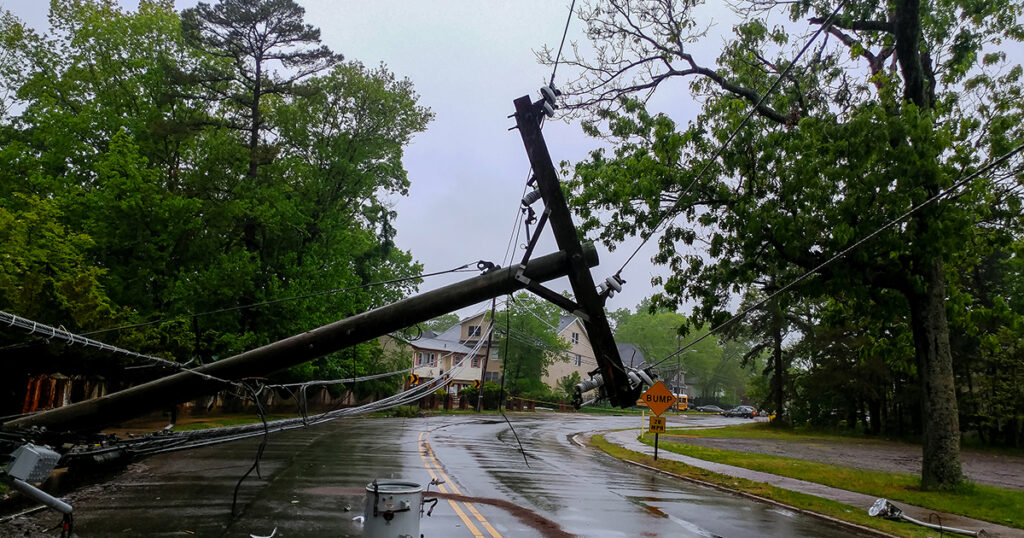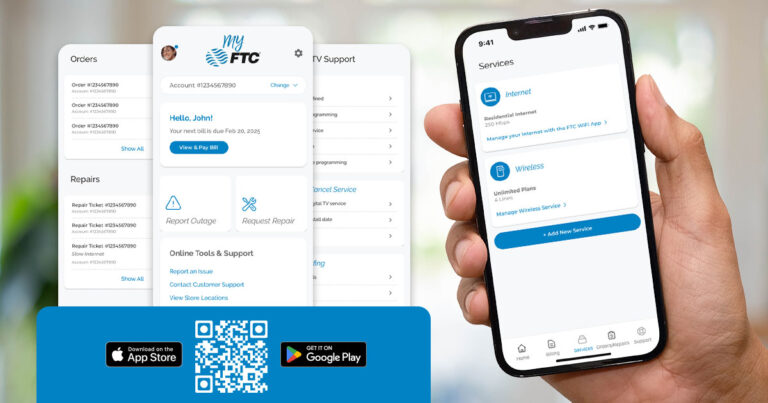When natural disasters such as violent storms, wildfires or earthquakes strike, the effects can often reverberate throughout the business world. And the impacts commonly felt after such calamities, which can include service delays and even facility closures, are clearly not good for the bottom line. But by taking the right steps in advance to prepare for the worst, business owners can minimize the service slowdowns and interruptions that such incidents can sometimes cause.
For business owners and managers seeking ways to proactively prepare their business to return to normal as quickly as possible after a natural disaster, taking these six steps ahead of time could help facilitate a speedier return to business as usual:
- Develop a disaster-response plan: When disruptive incidents such as natural disasters strike and interrupt normal business operations, employees can be left wondering how to perform their routine duties, who to report to and how to reach colleagues. But by having a plan in place for how to handle such disruptions, organizations can be much closer to carrying on with business as usual. To facilitate the creation of a disaster-response plan, business operators can assemble a disaster-preparedness team consisting of representatives from each of the company’s departments. The team should meet well in advance of any anticipated disruptions to answer business-critical questions such as:
- How can we ensure that everyone stays safe?
- What are our vulnerabilities and how can we reduce our risks of business interruptions?
- How will we respond if a disaster strikes during normal business hours?
- Who will be in charge in an emergency situation and how can they be reached?
- How will employees know if the office is open?
- If the office is closed, how will workers know what is needed from them?
- How will employees be able to get their jobs done? (Is there any way we can facilitate remote work if needed?)
- How will team members communicate?
- Once a plan is created, managers should be sure to share it with all of the team members and get their feedback. It is also important to ensure that all employees are comfortable with the plan and prepared to follow it when and if it is ever needed.
- Create a clear customer-communications plan: While communications among employees should be covered in the step outlined above, creating an external communications plan is also important. Business owners and managers should develop a blueprint for how to let customers and partners know about any potential disaster-related business disruptions, how to reschedule any appointments if needed, and when any facilities that are forced to close are expected to reopen again.
- Ensure backup of crucial documents and data: For many businesses, losing important documents, whether physical or digital, can bring business operations grinding to a halt. To prevent such costly disruptions, management should ensure that a plan is in place for identifying and backing up critical documents and files so they can be easily accessed during an emergency. Among the ways this can be accomplished:
- Make frequent copies of important physical documents and save them in a secure off-site location. Or scan important physical documents regularly and store them on an external hard drive that is kept offsite or house the digital files in the cloud. Back up digital data daily and store the backup files in a secure off-site location or in the cloud.
- Make copies of business-critical software and store them in a safe off-site location, along with their licensing information.
- Have a plan for emergency power: Natural disasters often lead to prolonged power outages, which can prevent the resumption of regular business and can be especially detrimental to businesses such as grocery stores and restaurants with lots of perishables on hand. To keep the power (and the business) up and running, business owners should consider purchasing a generator or installing an uninterruptible power supply (UPS) system. Installing surge protectors can also help prevent damage to computers and other electronics that can be essential to conducting business.
- Ensure adequate insurance coverage: Before disaster actually strikes, business operators should meet with their insurance agent to review their commercial coverage and ensure that all business-critical facilities, devices and other tools are well-covered. The policy should also cover all risks that could be a threat to the business, including coverage for water damage, wind damage and business interruptions. Further, if any troublesome coverage shortages exist, the operator should make any coverage upgrades needed to be sure all items vital to keeping the business running can be quickly repaired or replaced if harmed or destroyed.
- Be ready to lend a hand: Once the business is back up and running, business owners should consider making company-wide efforts to, as much as possible, lend a hand covering any areas of need in the community. Not only will this help fellow businesses and the community at large get back on their feet, but it will also serve to create a positive image of the business in the local community and to build supportive relationships with area businesses.
FTC Business provides all the critical business-communication services needed to keep a business up and running, including Internet, Wireless and Voice. To get local, expert IT help for your business in several tech-related areas, including Managed IT, Cybersecurity, Hosted Services and more, visit FTC IT Solutions today.




